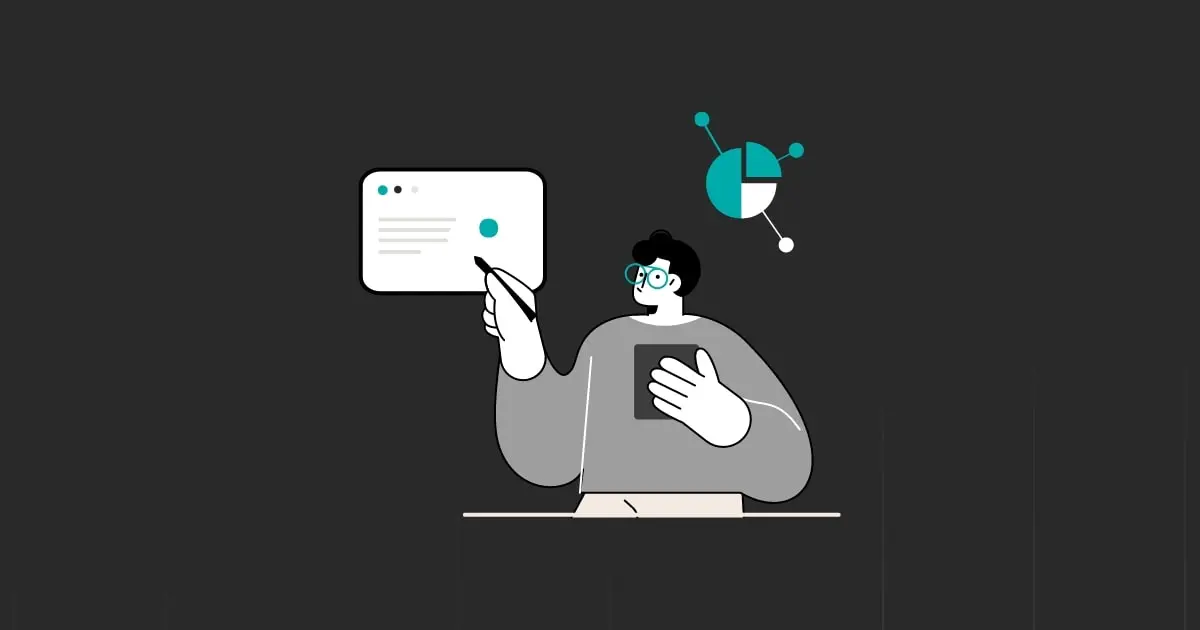Understanding Millennials
My journey towards understanding the Generation Next goes back as far as 10 years. Having taught in a university facing a swarm of young men and women, I soon realized the need to address this audience differently. They are not school kids you can feed with a spoon, nor are they the ripened professionals who have the patience to take hours of training once they are convinced it will benefit them. Back then, I used storytelling and case scenarios to make them sit through the otherwise monotonous lecture.
My journey took an interesting turn when I came across an advertisement, where a smart phone was launched in a spy movie promo. This led me to explore what motivated the brand to attach itself with a movie. It was then that I realized how several marketers are using newer ways and platforms to reach out to the generation next- the millennials.
Unconventional Marketing Meets Learning
A coffee maker making an ad film viral, a technology giant running a campaign for young unconventional achievers, an insurance company using a standup comedy concept on social media, dig deeper into the new advertising world and you will be flooded with more such cases.
So, what’s stopping us, the learning professionals, from crafting a new school of thought for this unpredictable, unruly, ‘I-know-it’ all generation?
Let’s think what actually appeals to this youthful bunch of professionals, eager to get their hands dirty with success as quickly as possible!
They are impatient, they are tech-savvy; they get bored at the drop of a hat; they like anything and everything that defies the typical; they like getting praised, they like adventure; oh yes we know all about them. Its time now to use this knowledge to train them as they would like to be trained.
We have talked about how content rules it all. Learning professionals keep stressing meaningful content to hit the minds of their audience. The challenge with the millennial is to identify what will work best for them.
It’s time to step into the shoes of those advertisers who have understood the need to approach the millennials with quick, compact, and as-entertaining-as-informational messages.
Instant food. Instant learning?
For a generation that’s looking for instant food, instant services, and instant everything, micro learning could perhaps be one of the best solutions. Bite sized training assets to instantly solve their work-problem is what would appeal to this fast paced generation. Small bursts of useful information available anytime, anywhere could provide the learning experience they are looking for. Micro learning has been around for a while but we have not yet realized its potential to the fullest. Think of a training nugget to meet each objective of the complete curriculum. Impossible? This generation loves going to the YouTube and looking at multiple videos to solve one problem. So why not?
An interesting option could be learning videos. In the last few years, we have witnessed the use of online videos for solving problems instantly. Want to know how to create a presentation for your leadership? Stuck with your spreadsheet and want the best way to capture and analyze data? Want to understand how to use the cost model most efficiently? Go online and look for a quick, informational video.
This just-in-time learning approach is what appeals to the youngsters. Give me what I want, when I want and in a format that appeals to me. Simple? Not really! Videos do have limitations, like they have to be short to retain attention, they are passive, but they serve well when we think of them as small chunks of information. Is text-only passé for learning? The millennials prefer watching to reading. They read things that interest them; many of them are avid readers. But when they want to learn, they prefer technology more than words. The smartphones, they are glued to day and night, make life easier.
Some Questions to Ask When Choosing to Serve Instant Learning to Your Audience:
- Is your content actionable?
Can you extract small, meaningful chunks to create micro assets? If not, you might consider a blended solution where the abstract pieces can still follow the traditional approach while using the targeted actionable content for smaller nuggets.
- Is your content actionable?
- How do you plan to make your training accessible for all?
We must not ignore the importance of creating strong metadata to give learners what they want when they need it.
- How do you plan to make your training accessible for all?
- Is an LMS the right technology for micro learning?
Not always! You need to ensure your Learning Management System provides the ease of searching and provides tagging opportunity to help the learners find and consume the desired micro assets.
- Is an LMS the right technology for micro learning?
- Is micro learning effective only for the millennials?
Micro assets work best when they can be used to aid the tasks people perform on the job. Though it is effective for everyone, it works best for people having internet friendly devices available to them as they work. Tech savvy millennials could therefore be considered the most comfortable target audience.
- Is micro learning effective only for the millennials?
I would sum it up by saying a well-structured, one-hour online training, with engaging interactions, gamification elements, or cool modern graphics definitely works. But let’s also explore learning options for instant gratification and how to use technology to facilitate this. It’s the need of the hour and will also make the CEOs and Leaders of the future happier and more efficient than ever.



